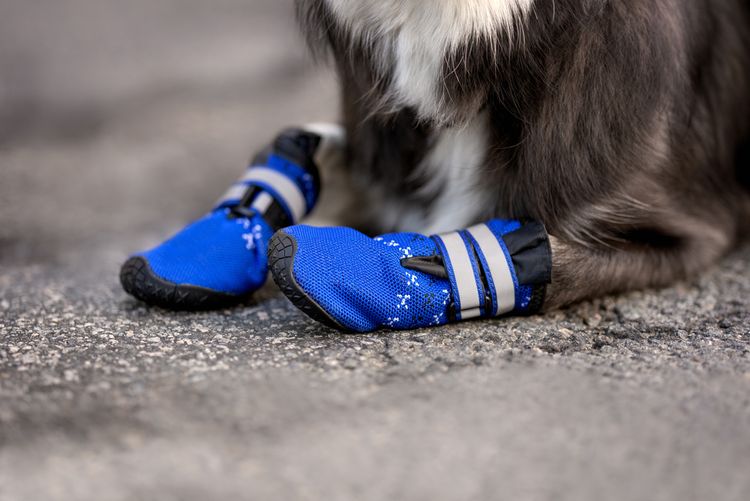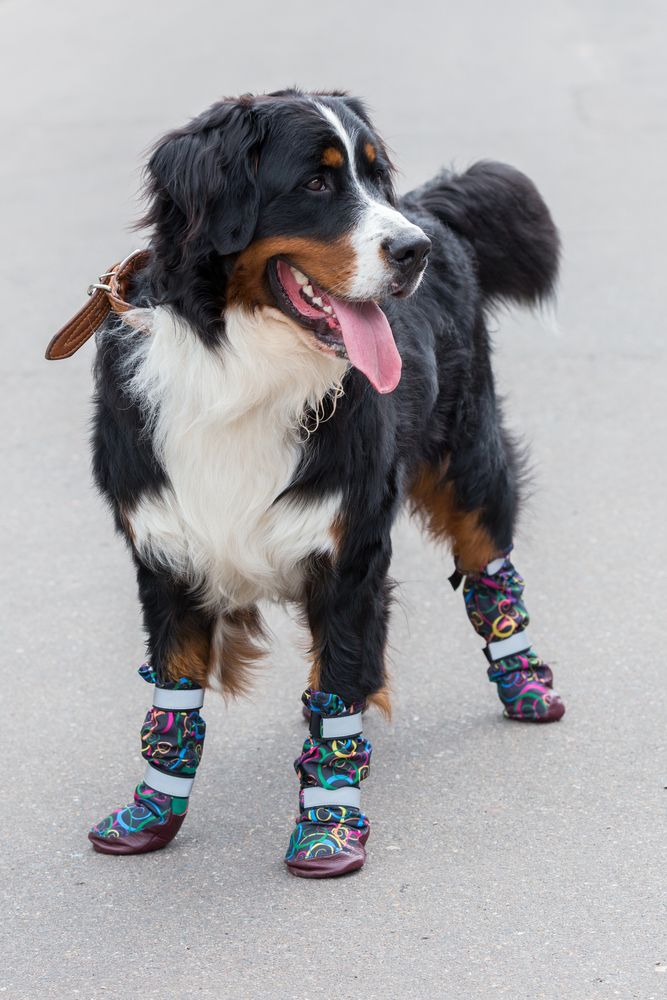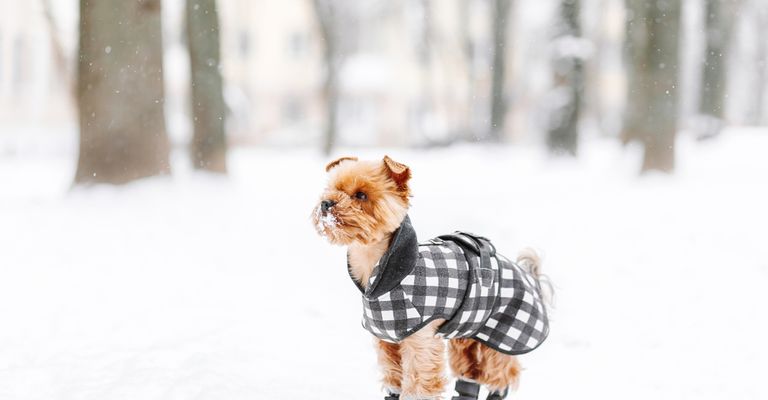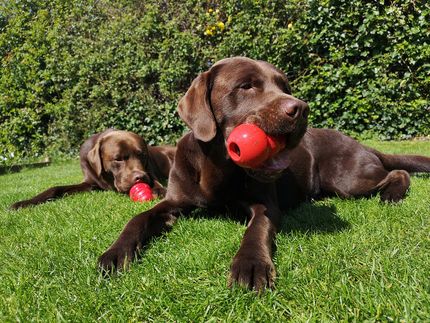Do dogs really need shoes?
Many dog owners aren't enthusiastic about putting shoes on the dog. However, it has long been proven that shoes are especially useful for dogs. So in the sled dog sport the paw protection by special dog shoes is already normal for a long time.
Normally an average dog doesn't need shoes. The paws are protected by themselves even in cold weather and different types of ground. However, when walking on grit or salt on the gritted paths and also when it is very cold, the shoes can be useful. In this case, the dog shoes provide sufficient protection against foot injuries and at the same time also make it easier for the animal to walk. Also with longer walks and hikes on ice and snow the owner should think about shoes for the dog.
Whether a dog really needs shoes depends on many aspects. Here are three tips or examples of when it makes sense:
- City dogs in particular suffer from more difficult walking conditions, especially in the winter.
- The salt on the sidewalks settles in the dog's pads and can lead to severe inflammation.
- The dog shoes must be breathable and also be able to keep out the wet.

Even if the dog's feet hurt, he will hold up the affected foot, walk only slowly or not want to go outside at all. It is therefore important to check the pads regularly for injuries or cracks. If the dog tends to have torn pads, these are rubbed with a cream prescribed by the doctor. Now, however, the dog shoes should be used until the torn feet have healed. The shoes can also be pulled over bandages. These protect the foot bandage and at the same time also prevent slipping away.

However, shoes for dogs only help if they fit properly on the dog's foot. Shoes that are too wide or too tight can chafe here and also cause damage to the dog's paws. Therefore, they should not be used all the time and only when the dog's paws should be protected from injury or when it is medically necessary. Now to find the right shoes for the dog, the paws must be measured in length and width. The hind paws are usually somewhat narrower than the front paws. Therefore, the front and rear paws must be measured and selected for the right shoes for the dog.
Depending on the intended use, there are different dog shoes. Here are a paw protection against wetness and cold or sturdy booties available in stores. In any case, the shoes should be waterproof, insulated against cold and also breathable and have a safe and non-slip sole, so that the dog can not slip away while running and then also hurt himself.
However, most dogs are not very enthusiastic about the new shoes at first. Therefore, dog owners should slowly get them used to walking in the new shoes.
As with humans, dogs run the risk of developing pressure sores, especially on the root ball of the paw and the claw of the thumb.
Breathable should be the dog shoes already because on the underside of the dog's paws are the sweat glands, which are important for the balance of the body temperature of the animal and can also accumulate moisture in the shoe.
The dog shoes should always suit the purpose of use. The question of how sturdy the shoes need to be always depends on the weather and also on the length of the running distance. The question of the appropriate material is also of great importance. Help with the purchase decision can a healer, veterinarian or a specialist in the pet store.








































